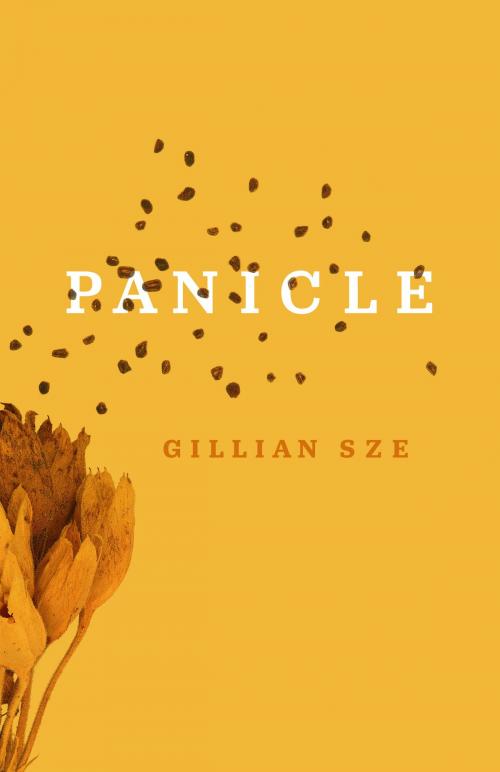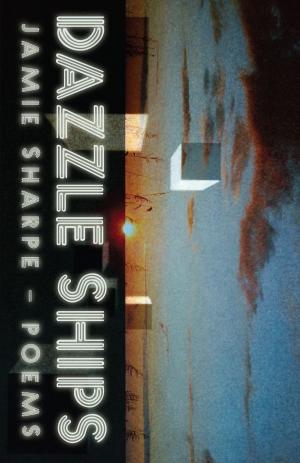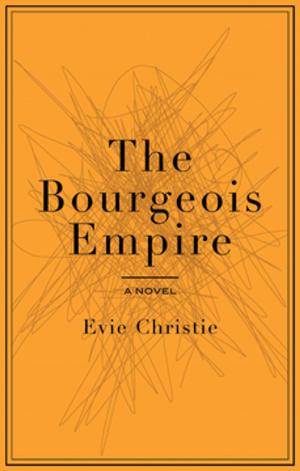| Author: | Gillian Sze | ISBN: | 9781773051048 |
| Publisher: | ECW Press | Publication: | September 19, 2017 |
| Imprint: | ECW Press | Language: | English |
| Author: | Gillian Sze |
| ISBN: | 9781773051048 |
| Publisher: | ECW Press |
| Publication: | September 19, 2017 |
| Imprint: | ECW Press |
| Language: | English |
“Succulent in its excellence, Sze’s poetry insists that cultural ‘difference’ is what can make a beautiful difference in our apprehension of the ‘beautiful.’” — George Elliott Clarke on Peeling Rambutan
In Panicle, Gillian Sze makes her readers look and, more importantly, look again. It’s a collection that challenges our notion of seeing as a passive or automatic activity by asking us to question the process of looking. The book’s first section, “Underway,” deals with the moving image and includes both poetic responses to film theory and lyrical long poems while also reimagining fairy tales. The next section, “Stagings,” takes its inspiration from the still image and explores a wide range of periods, movements, and media. Sze’s focus on the process of looking anticipates “Guillemets,” a creative translation of Roland Giguère’s 1966 chapbook, Pouvoir du Noir, which contains a series of poems accompanied by his own paintings. Sze’s approach to Giguère is two-fold: she “translates” his text, and artist Jessica Hiemstra provides a visual response to her translation. The final section, “Panicle,” continues the meditative quality of “Guillemets” in a suite of poems that ruminate on nature, desire, and history.
“Succulent in its excellence, Sze’s poetry insists that cultural ‘difference’ is what can make a beautiful difference in our apprehension of the ‘beautiful.’” — George Elliott Clarke on Peeling Rambutan
In Panicle, Gillian Sze makes her readers look and, more importantly, look again. It’s a collection that challenges our notion of seeing as a passive or automatic activity by asking us to question the process of looking. The book’s first section, “Underway,” deals with the moving image and includes both poetic responses to film theory and lyrical long poems while also reimagining fairy tales. The next section, “Stagings,” takes its inspiration from the still image and explores a wide range of periods, movements, and media. Sze’s focus on the process of looking anticipates “Guillemets,” a creative translation of Roland Giguère’s 1966 chapbook, Pouvoir du Noir, which contains a series of poems accompanied by his own paintings. Sze’s approach to Giguère is two-fold: she “translates” his text, and artist Jessica Hiemstra provides a visual response to her translation. The final section, “Panicle,” continues the meditative quality of “Guillemets” in a suite of poems that ruminate on nature, desire, and history.















